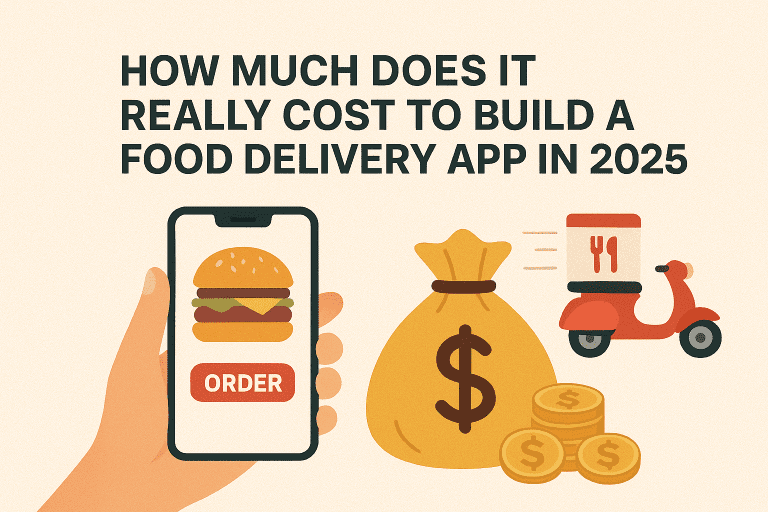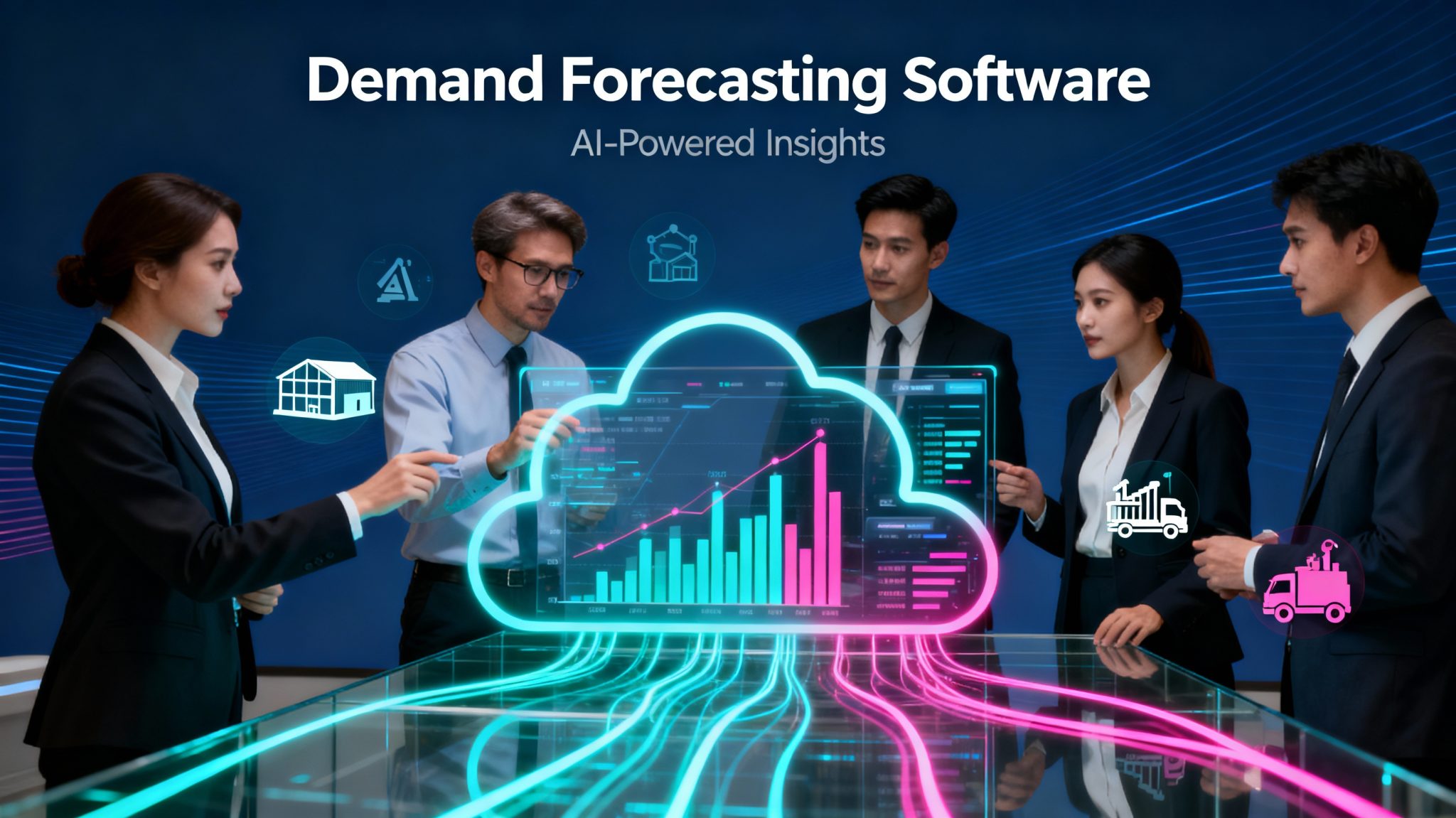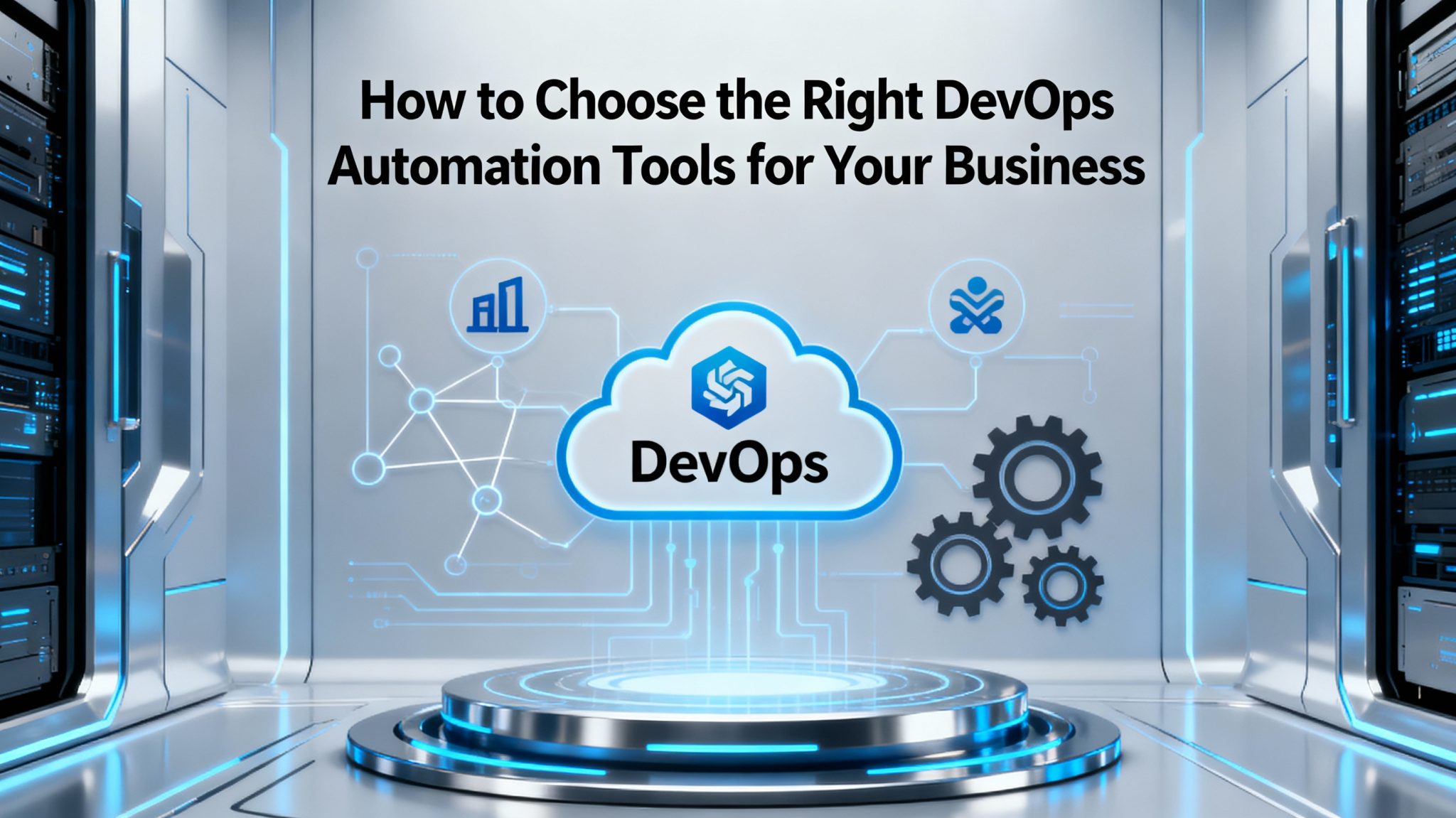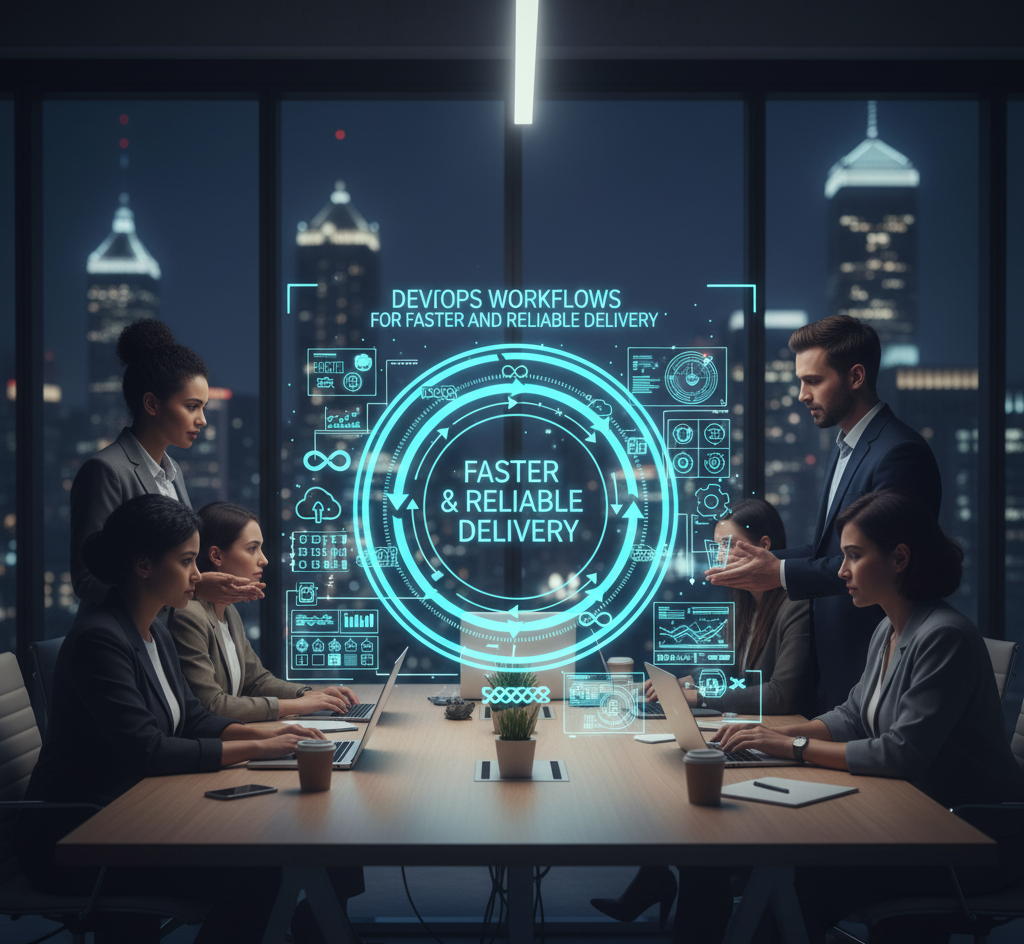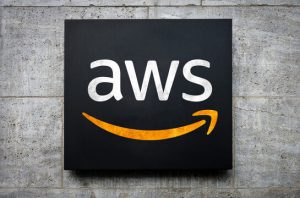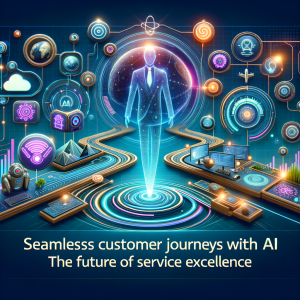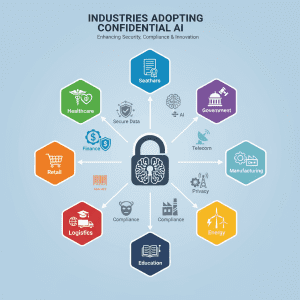Introduction
With the on-demand economy booming, building a food delivery app is one of the top business ideas in 2025. But before launching your own “next big thing” in food tech, a vital question arises: How much does it really cost to build a food delivery app in 2025? In this blog, we break down the main cost factors, must-have features, cost-saving strategies, and potential hidden expenses, empowering you with data to make smart investment decisions.
Major Factors Affecting Food Delivery App Development Cost

1. App Type and Complexity
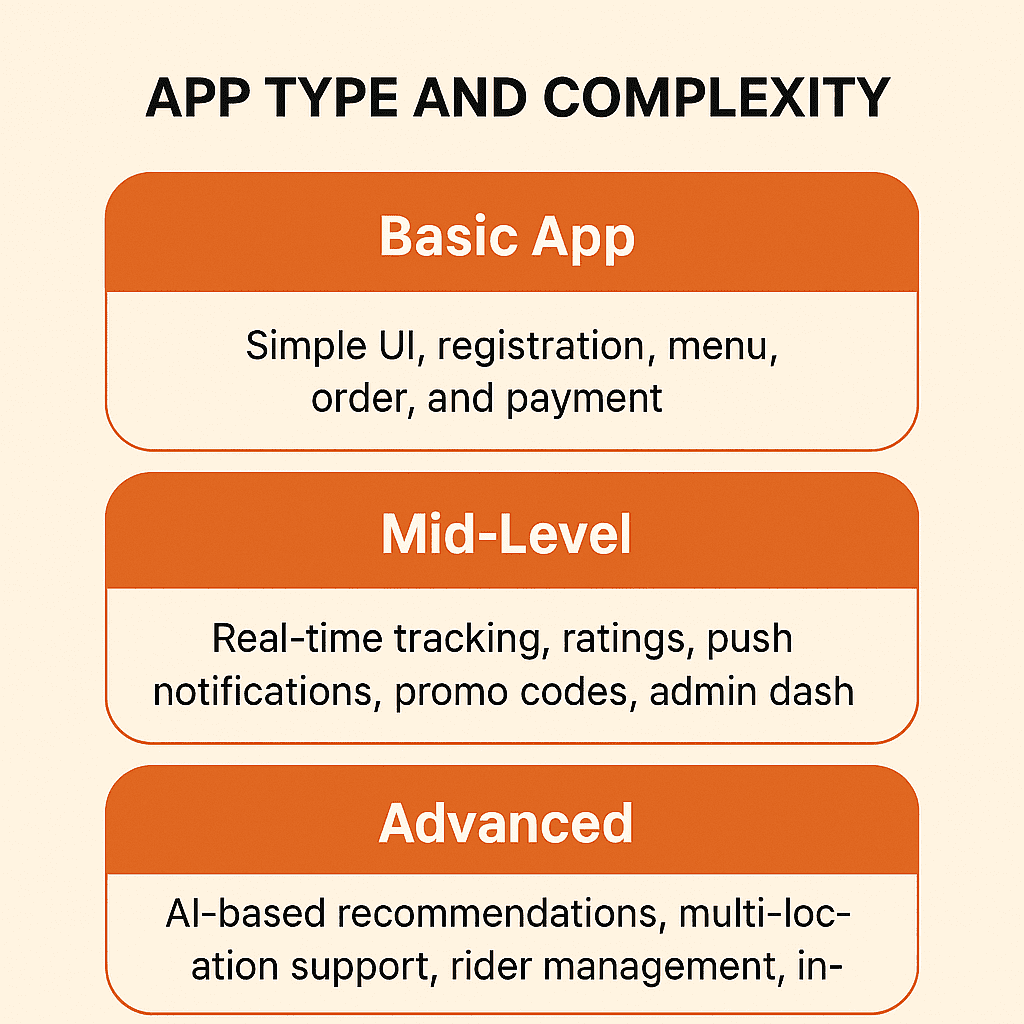
-
Basic App: Simple UI, registration, menu, order, and payment.
-
Mid-Level: Real-time tracking, ratings, push notifications, promo codes, admin dashboard.
-
Advanced: AI-based recommendations, multi-location support, rider management, in-app chat, analytics dashboards, loyalty programs.
2. Platforms: iOS, Android, or Both
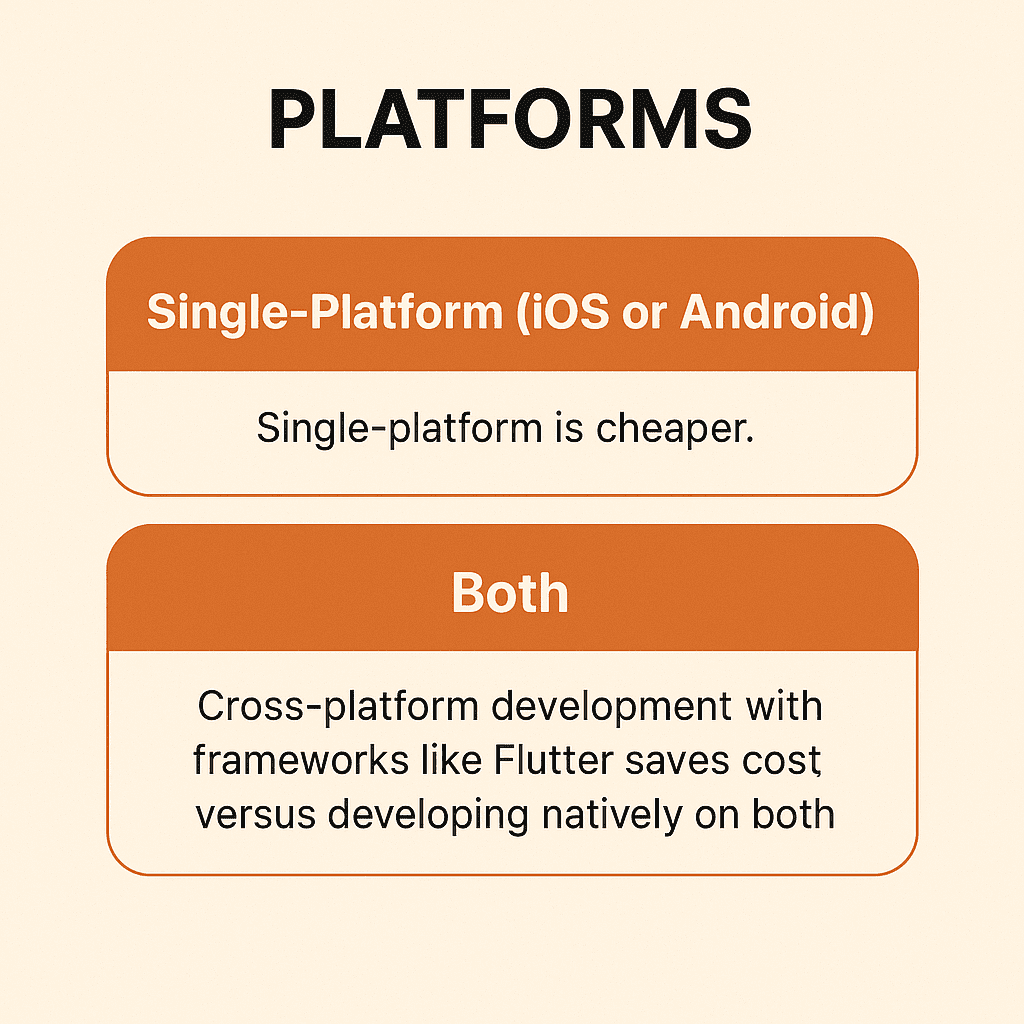
-
Single-platform (iOS or Android) is cheaper. Cross-platform development with frameworks like Flutter saves cost versus developing natively on both.
3. UI/UX Design
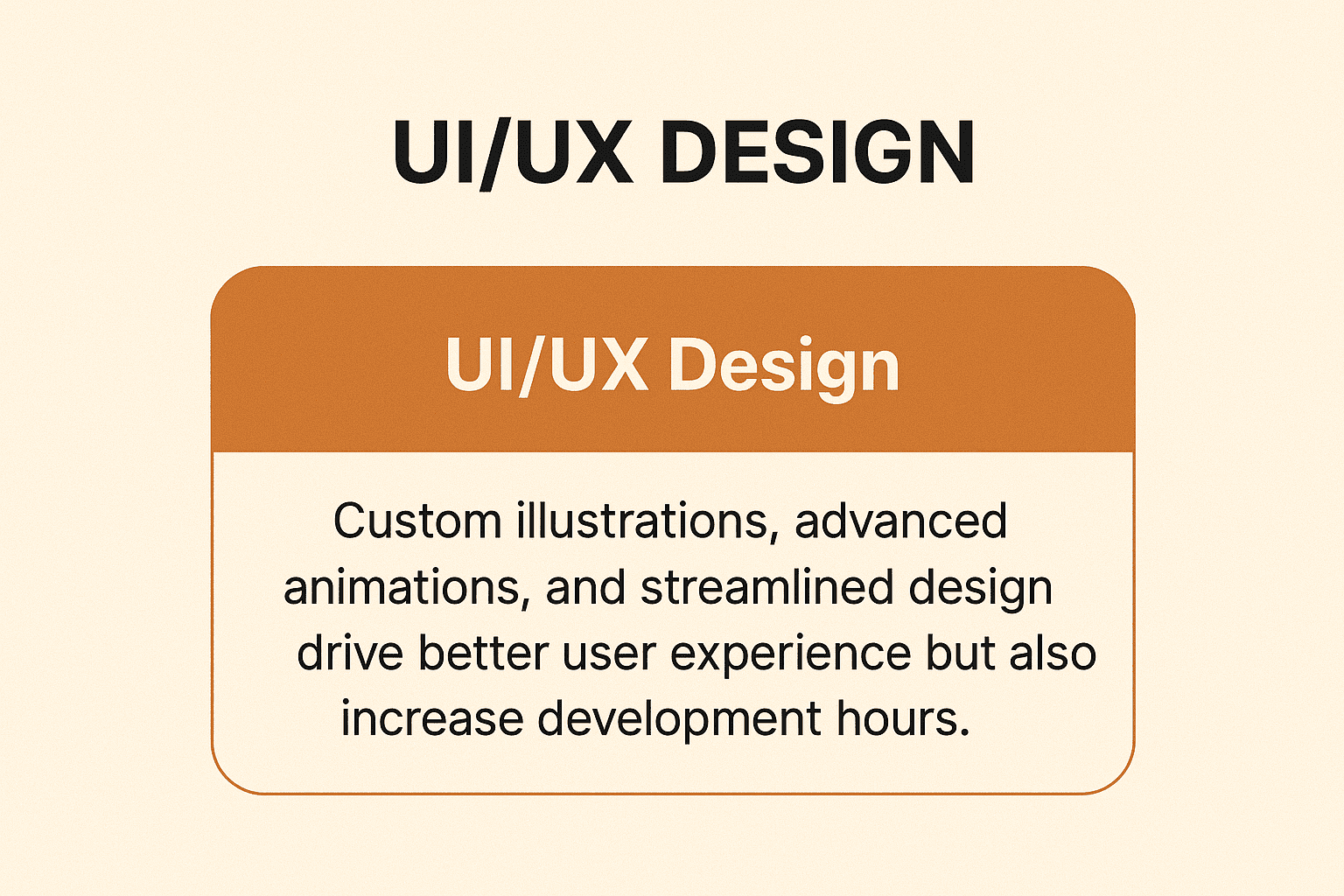
-
Custom illustrations, advanced animations, and streamlined design drive better user experience but also increase development hours.
4. Feature Set
| User App Features | Restaurant App Features | Delivery Partner Features |
|---|---|---|
| Search & Menu browsing | Order management | Ride assignment |
| Order placement | Menu management | Navigation/in-app map |
| Payment integration | Payments & reports | Earning reports |
| Real-time tracking | Chat/support | Order status updates |
| Push notifications | Analytics | Push notifications |
5. Backend, APIs, and Security
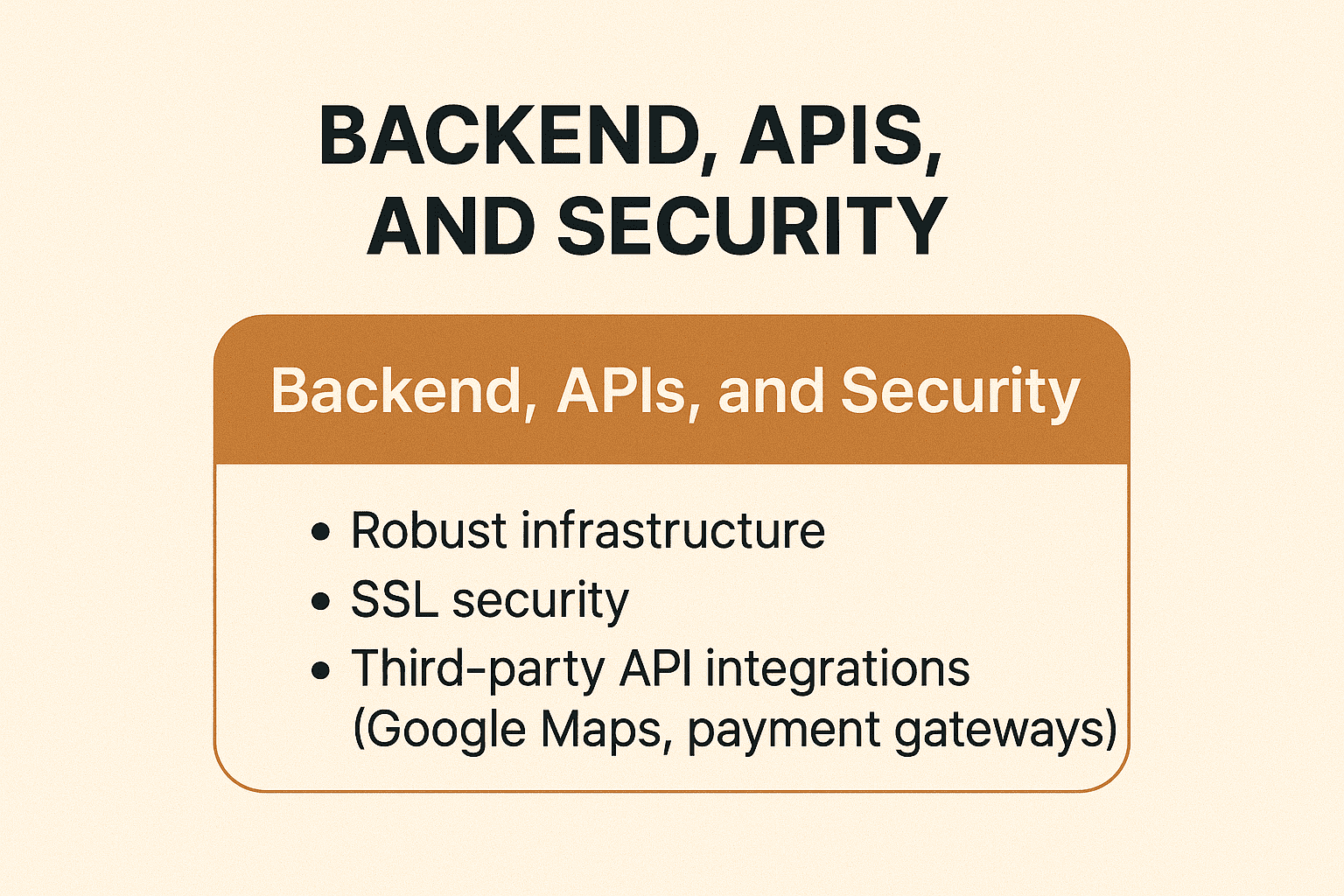
-
Robust infrastructure, SSL security, and third-party API integrations (Google Maps, payment gateways) add to costs.
6. Location and Experience of Development Team
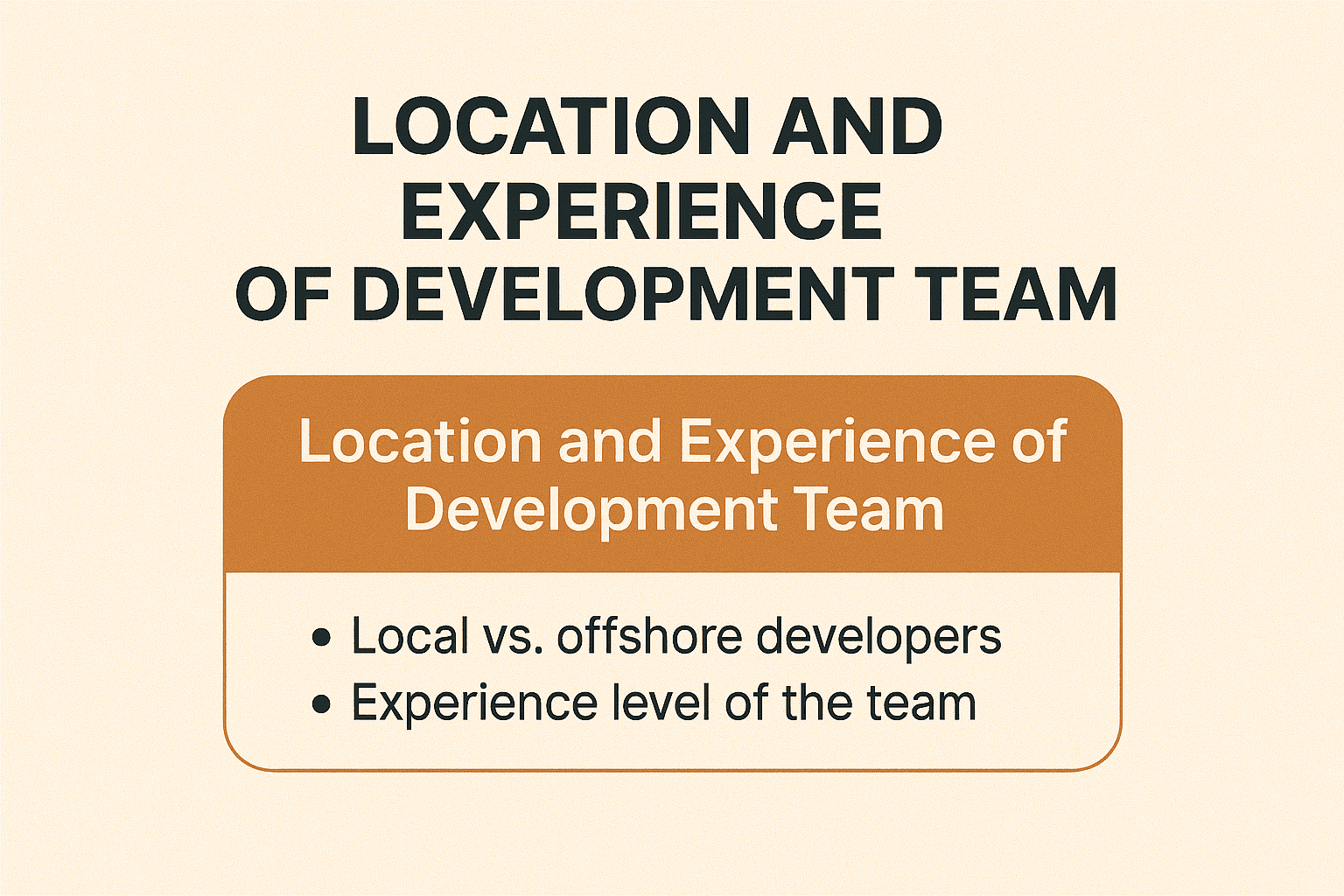
-
US/Europe agencies: $80–$200/hr
-
Eastern Europe/Asia: $20–$60/hr
Average Cost Estimates for Food Delivery Apps in 2025
| App Complexity | Estimated Cost Range |
|---|---|
| Basic (Single Platform) | $10,000 – $20,000 |
| Mid-Level (Single Platform) | $20,000 – $45,000 |
| Advanced (Both Platforms) | $50,000 – $100,000+ |
Note: Costs vary by vendor rates, project scope, integrations, and timeframes.
Hidden or Ongoing Costs to Consider
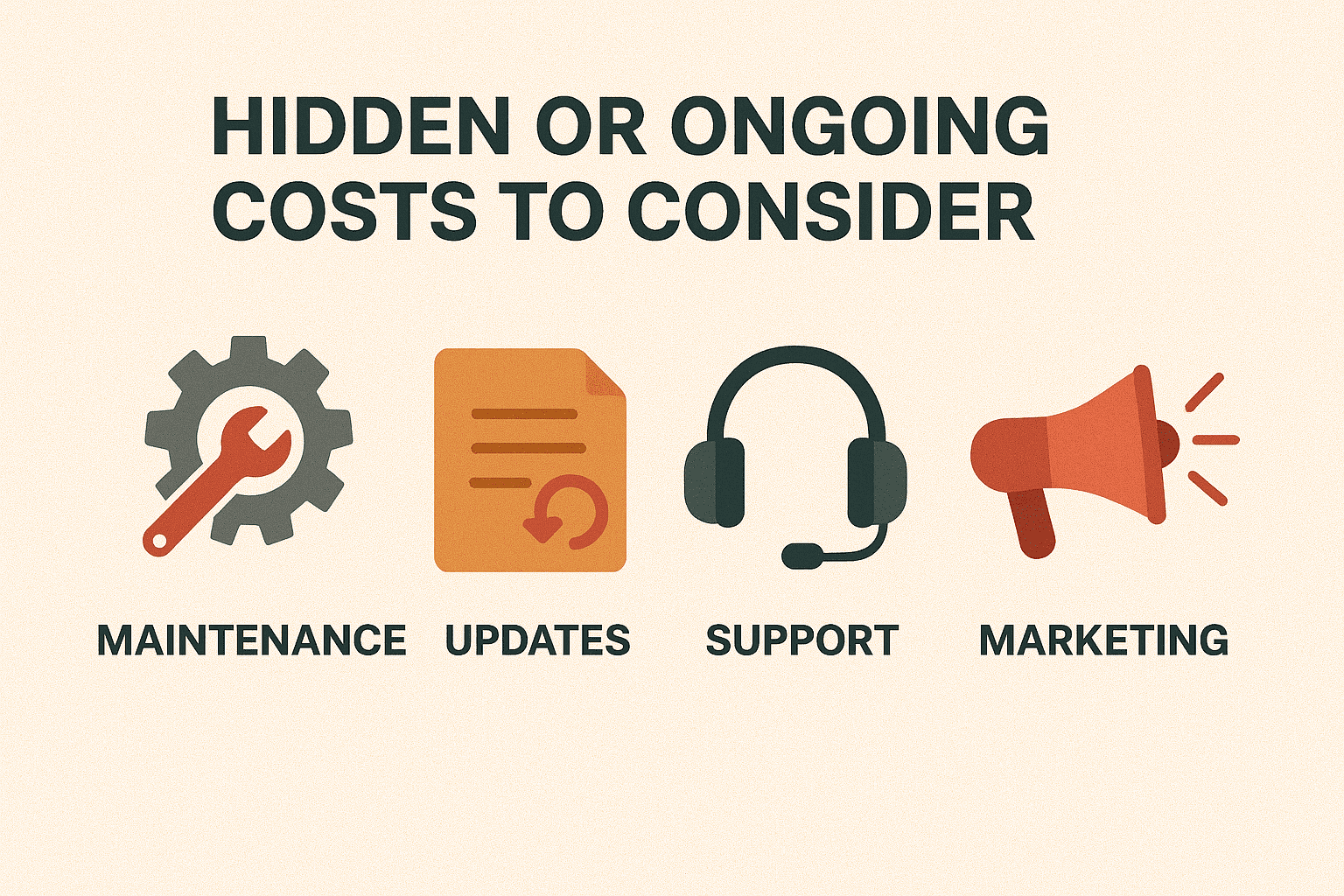
-
App Store/Play Store fees
-
Maintenance & Support (Bug fixes, updates): Usually 15–20% of initial cost per year
-
Cloud hosting and infrastructure
-
Third-party service fees (SMS, payment, etc.)
-
Marketing & user acquisition
How to Reduce Food Delivery App Development Costs

-
Choose cross-platform solutions (like Flutter or React Native).
-
Start with a Minimum Viable Product (MVP), then scale.
-
Reuse existing modules or white-label solutions for speed and savings.
-
Outsource to reputable, cost-effective development partners.
-
Prioritize must-have features for version 1.0.
Conclusion
Building a food delivery app in 2025 can cost anywhere from $10,000 for a basic prototype up to $100,000+ for a highly advanced, market-ready product. The right approach is to clearly define your goals, prioritize features, and vet development partners carefully for both expertise and cost transparency. Investing smartly in quality development will pay off through smoother launches, fewer bugs, and better reviews.
FAQ
Q1: How long does it take to develop a food delivery app?
A basic app can be built in 2–4 months; advanced solutions may take 6–12 months.
Q2: Can I use no-code tools to build a food delivery app?
Yes, but you may sacrifice scalability and custom features.
Q3: What key features should my app have at launch?
Seamless ordering, payment, real-time tracking, and push notifications.
Q4: Are there ongoing costs after launch?
Yes—maintenance, hosting, third-party services, and marketing.
Q5: How can I ensure my app is competitive in 2025?
Prioritize UX, performance, and integrations with the latest tech trends like AI and predictive analytics.
